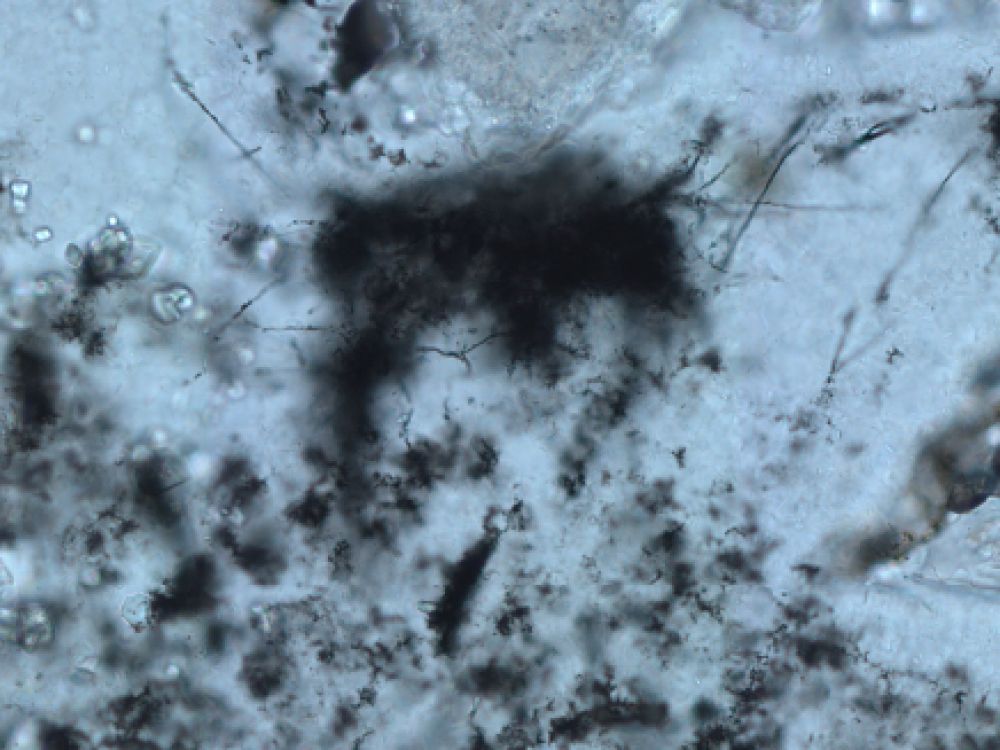
Oldest methane-producing microbes
The question of the origin of life on Earth, and hence the possibility of its development elsewhere in the Solar System and even on other exoplanets, remains unanswered. The current assumption is that it could appear on the ocean floor near hydrothermal vents that form favorable environments, rich in organic elements where many life forms still thrive using the chemical energy provided by many compounds. Thus, a new discovery, in South Africa, certifies that 3.42 billion years ago microbes were already using these compounds for development.
methane producers
These fossilized microbes were discovered in a rock from Barberton Greenstone belt in South Africa. This region, near the border with Mozambique, contains some of the oldest and best preserved sedimentary rocks on our planet. 3.4 billion years ago, this rock formed a hydrothermal vein, a fissure containing water heated by magma that sank beneath the sea floor. It appears that microbes have thrived on the walls of this rift where clusters of filaments have been identified. in review science progressled by the team behind this discovery They may be methane-producing microbes, Barbara Cavalazzi of the University of Bologna explains.
To reach this conclusion, the scientists cut through the rocks to observe the small slides under a microscope. They also used microscopic spectroscopy to analyze the chemical composition of the samples. Referee: The filaments contain most of the building blocks necessary for life with a carbon-rich outer shell and a chemically and structurally distinct core. In addition, nickel was found; This element is associated with the metabolism of some current methanogenic microbes, namely archaea. These archaea are single-celled organisms that form one of the domains of life along with bacteria and eukaryotes.
Multiple micro-habitats
Of course, given the long period that has passed and the transformations that rocks and organic matter have undergone, it is difficult to say 100% that these are really traces of life. But there are many clues that support this interpretation. Especially since other studies confirm the presence of all the elements necessary for life around these hydrothermal vents, such as amino acids. The numerous deficiencies that surround it can form many micro-habitats where they can thrive. Another argument in favor of a terrestrial origin of life, which scientists call biogenesis.
Another great hypothesis is the panspermia theory which proposes that the precursors of biological molecules were delivered to Earth thanks to meteorites and comets, evidence that these elements can be synthesized by chemical processes in space.

“Organizer. Social media geek. General communicator. Bacon scholar. Proud pop culture trailblazer.”
